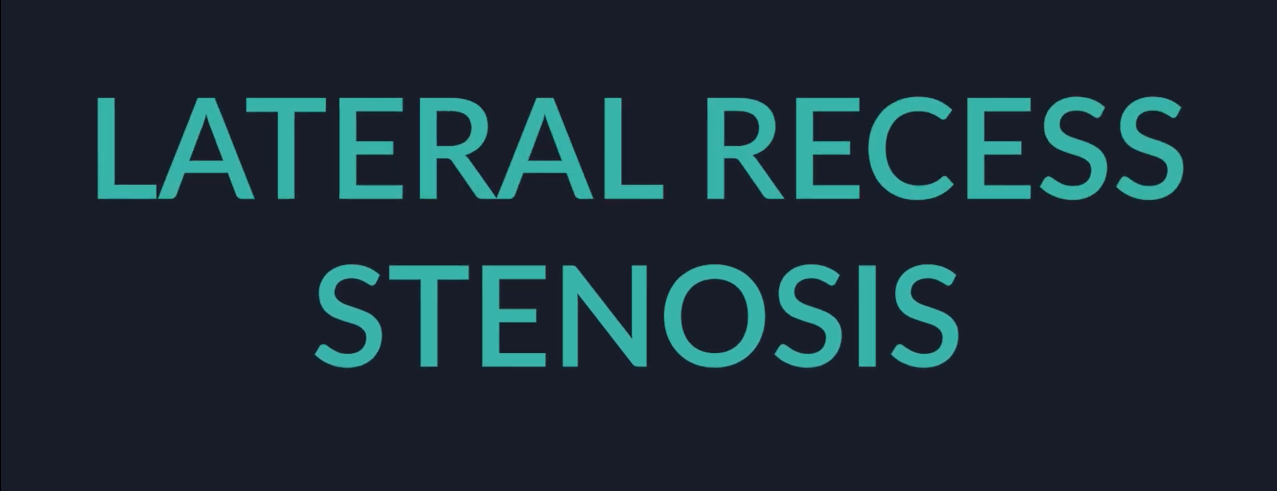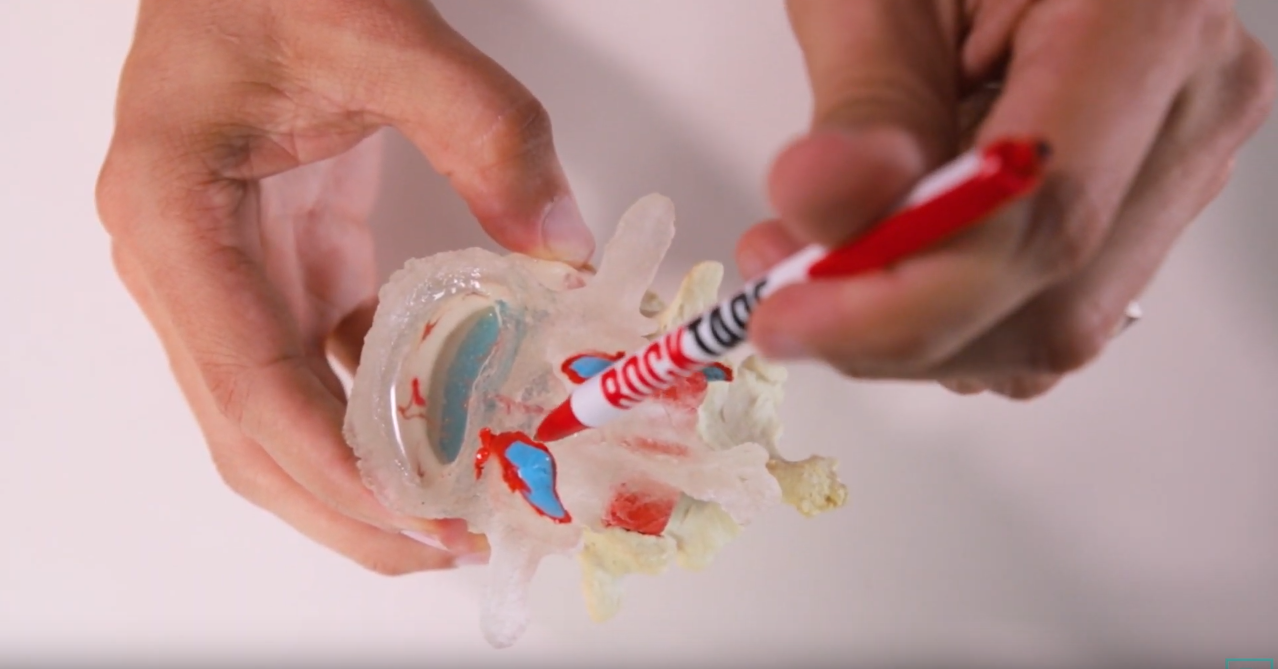Stenosis of the Spine: The 3 Most Common Types
Stenosis is a narrowing the nerve channels in and around your spine, which can result in pain, numbness, and fatigue. This condition affects millions of people per year and is the #1 cause of spine surgery for people over the age of 40.
For most people, the symptoms of stenosis usually start with a simple case of low back or neck pain. Over time, the pain may progress towards numbness and tingling that travels downs your arms or legs. In this article, I'll break down the three main types of stenosis. Once you can identify the type of stenosis you have, you'll be empowered to take the first steps towards finding lasting relief.
The 3 Types of Spine Stenosis
Spinal Stenosis:
Spinal stenosis is pinching or compression on your spinal cord. Between the bones, or vertebrae, of your spine, are your spinal discs. The discs act as small spacers between the bones and allow your spine and body to move in a variety of directions.
Behind the disc is a large canal or hole in each bone. That hole is your spinal canal and is the channel that your spinal cord travels down. When a disc, bone, or ligament gets into the spinal canal, whether due to injury or age, it can cause compression on the spinal canal. This compression is called...spinal stenosis.
The hallmark of spinal stenosis is numbness and tingling into your legs and feet. Also, you may notice your endurance starts to decline. Where you used to be able to walk around the entire grocery store, now you may only make it up and down an aisle or two before you notice yourself leaning on the carriage to provide support and relief.
Many people suffering from spinal stenosis eventually feel like they are always "looking for the next chair." If that statement resonates with you, then you may have spinal stenosis.
Also, spinal stenosis tends to affect both legs evenly. If you have pain or numbness only down one leg that you may have foraminal stenosis, which we will dive into next.
Foraminal Stenosis:
The second most common type of stenosis is called foraminal stenosis. Foraminal stenosis is what many people know as a "pinched nerve."
While the spinal cord travels up and down the backside of your spine, your nerve roots exit out the left and right sides of the bones. These nerve channels are called the foraminal canals. If a disc bulge, bone spur, or ligament overgrowth encroaches into the canal, then it can cause compression that is called foraminal stenosis.
Foraminal stenosis typically results in extreme pain or numbness down one arm, or one leg is depending upon whether the pinch is occurring your neck or back.
A compression in your neck would cause arm pain/numbness, where a pinch or compression in your low back would cause symptoms into your legs.
It's also important to keep in mind just how small these nerve canals are. At about 10 mm in height and 8 mm in width, there isn't a lot of wiggle room. Even a disc bulge or herniation of 3 mm could decrease the size of the canal by nearly 30%!
Lateral Recess Stenosis:
Lateral recess stenosis is the third most common form of stenosis. This occurs when compression occurs at the junction point of the spinal cord and nerve root.
The spot where the nerve root branches off the spinal cord is referred to as the lateral recess.
In private practice, I would often see lateral stenosis accompany either spinal or foraminal stenosis. Since the nerve root is not protected by the outer laters of the spine at the lateral recess, it's "unprotected." The lack of protection by the spinal cord leaves the nerve root exposed, and compression at this spot (the lateral recess) tends to result in piercing, sharp pain down the arms or legs.
Like spinal stenosis and foraminal stenosis, lateral recess compression can occur due to disc, bone, or ligament encroachment.
Next Steps:
Once you can identify the type of stenosis you're dealing with; now you have the opportunity to seek out the best treatment possible to find relief.
The good news is that regardless of which type of stenosis you are suffering with; conservative care such as chiropractic is still the best first option (in the absence of red flags).
Researchers have actually discovered that chiropractic care and adjustments can provide equal (and in some cases more) relief than injections, medications, and surgery.
“Improvement (with conservative care) was self-described as “good” or “excellent” in 80% of patients.” - JMPT, 2009








